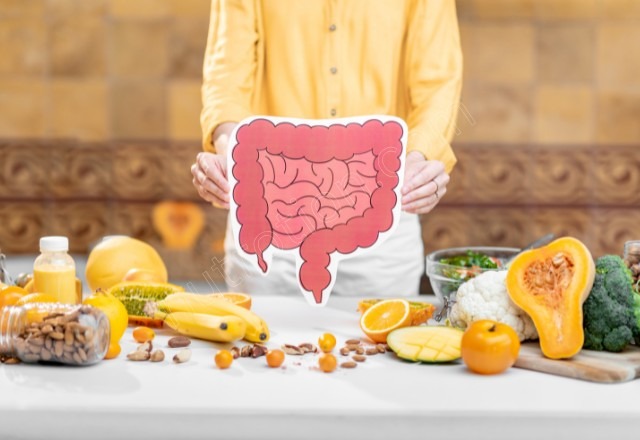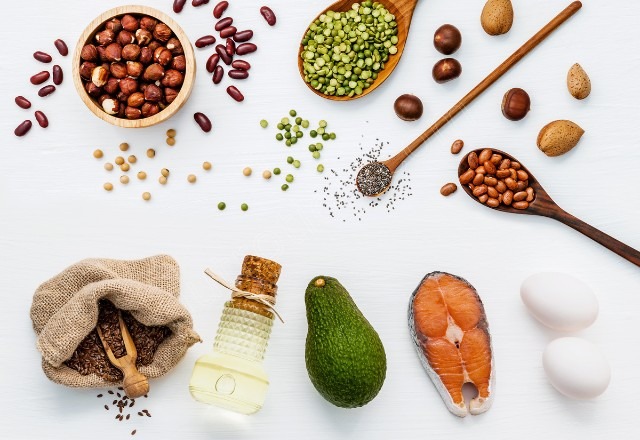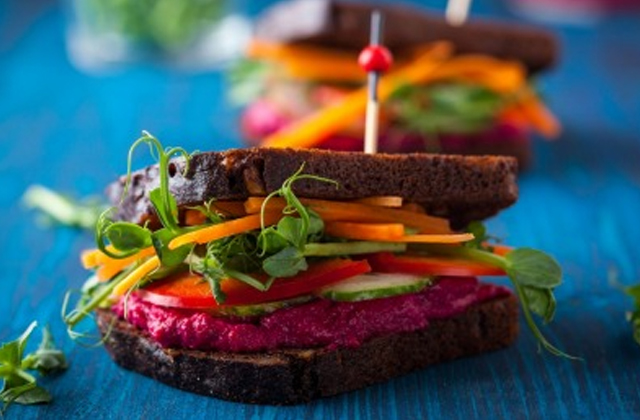Your diet plays a crucial role in maintaining your body’s internal balance. While most diets focus on general nutrition, a cold diet emphasizes cooling foods that help regulate body temperature and promote health, especially in warm climates or during the summer months. Whether you’re looking to beat the heat, manage inflammation, or simply add variety to your meals, incorporating cooling foods can make a significant difference.
In this blog, we’ll explore the principles of a cold diet, its benefits, and practical ways to include it in your daily routine.
What is a Cold Diet?

A cold diet isn’t about eating food straight from the refrigerator—it’s about consuming ingredients that have a naturally cooling effect on the body. These foods are often hydrating, nutrient-rich, and easy to digest.
According to traditional medicine systems like Ayurveda and Traditional Chinese Medicine (TCM), certain foods are classified as “cooling” because they help balance body heat, reduce inflammation, and provide relief from conditions like acidity or overheating.
Benefits of a Cold Diet
Regulates Body Temperature
Cooling foods help keep your body cool, especially in hot weather, by reducing internal heat and preventing dehydration.
Reduces Inflammation
Many cooling foods have anti-inflammatory properties, which can alleviate symptoms of conditions like arthritis, skin irritations, or digestive issues.
Boosts Hydration
Most cooling foods, such as cucumbers and watermelons, are water-rich, supporting your body’s hydration needs.
Aids Digestion

Light, cooling foods are easier to digest and can soothe digestive discomfort caused by spicy or heavy meals.
Enhances Skin Health
Cooling foods are often packed with vitamins and antioxidants that promote glowing skin and prevent heat-induced breakouts.
Key Foods in a Cold Diet
1. Water-Rich Fruits
Watermelon: A summer favorite, it is hydrating and packed with antioxidants.
Cucumber: Low-calorie and refreshing, perfect for snacks or salads.
Citrus Fruits: Oranges, grapefruits, and lemons are not only cooling but also boost immunity.
2. Leafy Greens
Spinach: A versatile option for salads, smoothies, or side dishes.
Lettuce: Especially iceberg and romaine, provides hydration and a crunchy texture.
3. Dairy and Alternatives
Yogurt: Cooling and gut-friendly, it can be eaten plain or blended into smoothies.
Coconut Milk: Naturally cooling and creamy, great for desserts or curries.
4. Herbs and Spices
Mint: A classic cooling herb, ideal for drinks, desserts, and savory dishes.
Coriander: Balances body heat and adds a burst of flavor.
Fennel Seeds: Known for their digestive and cooling properties.
5. Beverages
Coconut Water: Rich in electrolytes, it’s a natural way to stay hydrated.
Herbal Teas: Chamomile, peppermint, or hibiscus teas have a cooling effect.
Foods to Limit on a Cold Diet

Certain foods generate heat in the body and should be consumed in moderation if you’re focusing on cooling your system:
Spicy Foods: Chili peppers, hot sauces, and excessive ginger.
Fried Foods: These are heavy and can increase body heat.
Caffeinated Drinks: Coffee and energy drinks are dehydrating and heat-inducing.
Red Meat: Heavier to digest and tends to generate heat.
Sample Cold Diet Meal Plan
Breakfast
A bowl of yogurt topped with watermelon, mint, and a drizzle of honey.
A glass of fresh cucumber and lemon juice.
Mid-Morning Snack
A handful of grapes or a chilled citrus fruit salad.
Lunch
A mixed green salad with spinach, lettuce, cucumbers, and coriander, dressed with olive oil and lemon.
Grilled fish or tofu with a side of steamed vegetables.
Afternoon Drink
Coconut water or a hibiscus iced tea.
Dinner
A light vegetable soup with zucchini and herbs.
Quinoa topped with sautéed mint and peas.
Dessert
A small bowl of chilled chia pudding made with coconut milk and fresh mango slices.
Cold Diet for Specific Needs
Weight Loss
A cold diet is inherently low in calories and high in water content, making it effective for weight management. Replace calorie-dense snacks with options like cucumber sticks or fruit salads.
Post-Workout Recovery
Cooling foods like coconut water and bananas can help replenish electrolytes and soothe sore muscles.
Skin Health

Include foods rich in antioxidants like berries and citrus fruits to combat heat-induced skin issues.
Tips for Following a Cold Diet
Eat Seasonally: Focus on fruits and vegetables that are in season—they’re naturally more suited to the climate.
Avoid Over-Chilling Foods: Extremely cold foods can shock the digestive system. Serve at cool or room temperature instead.
Balance Your Meals: Pair cooling foods with neutral ones to maintain nutritional balance.
Listen to Your Body: Adjust your diet based on your unique needs, activity levels, and climate.
Conclusion
A cold diet can be a refreshing and effective way to maintain your health, especially during warmer months or if you’re prone to heat-related issues. By focusing on hydrating, cooling foods and avoiding heat-inducing ingredients, you can support your body’s natural balance and enjoy a variety of delicious, nutrient-rich meals.
Whether you’re looking to feel more energized, improve your skin, or simply enjoy lighter meals, a cold diet can be an excellent addition to your lifestyle. Experiment with these tips and recipes to find what works best for you!


